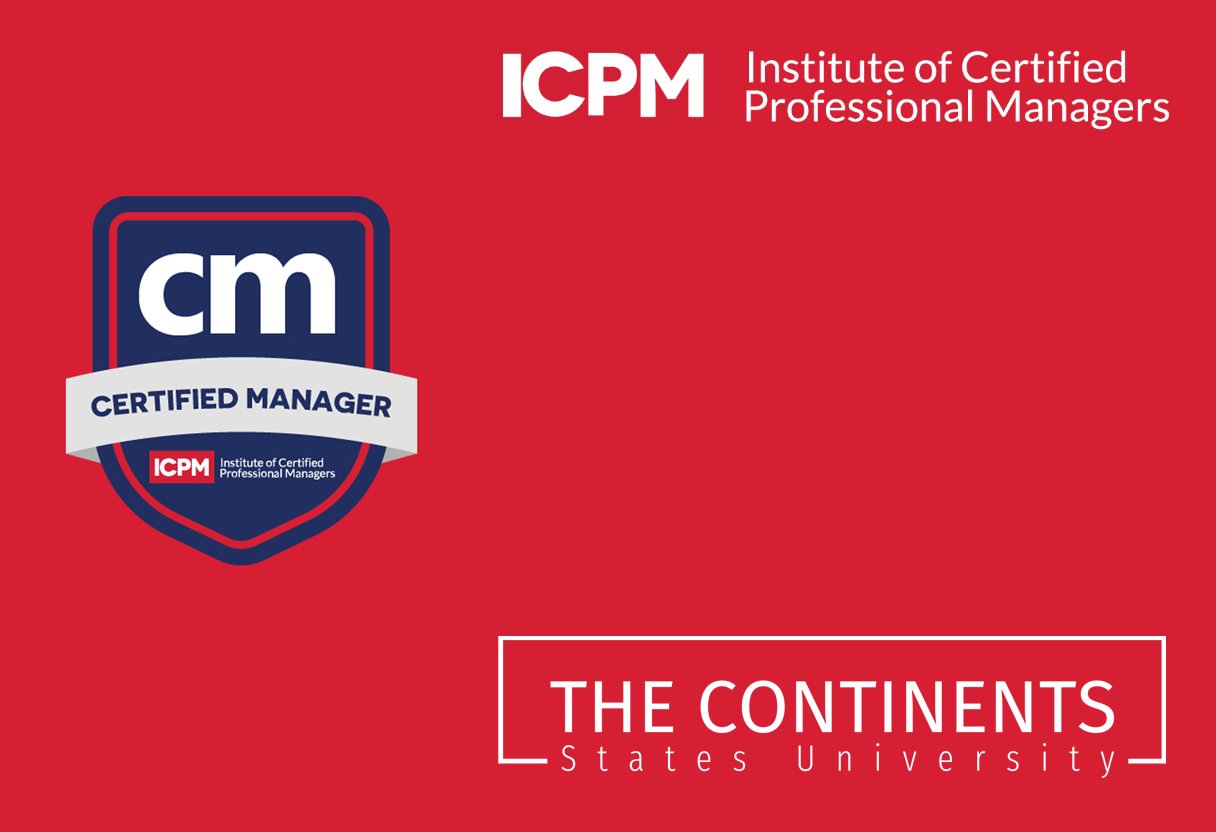Did you know that studying and living in the USA can come with a hefty price tag for international students? The financial requirements for pursuing education in the United States can be quite significant, making it essential for students to plan and budget accordingly. From tuition fees to the cost of living, there are various factors to consider when calculating the expenses of studying in the USA.
Key Takeaways:
- The cost of studying and living in the USA can be expensive for international students.
- Tuition fees for international students in the USA range from $20,000 to $40,000 per year for undergraduate programs and $30,000 to $50,000 per year for graduate programs.
- The cost of living for international students in the USA can range from $10,000 to $20,000 per year.
- There are various scholarships and financial aid options available to international students.
- International students can work part-time during their studies to supplement their income.
Tuition fees for international students
When considering studying in the USA as an international student, it’s essential to understand the tuition fees involved. The cost of tuition can vary depending on the university and degree program you choose.
On average, international students can expect to pay anywhere from $20,000 to $40,000 per year for undergraduate programs. For graduate programs, the tuition fees can range from $30,000 to $50,000 per year. It’s important to note that these figures are estimates and may vary based on the specific university and program.
Despite the varying costs, studying in the USA offers numerous opportunities for academic and personal growth. By planning ahead and understanding the financial commitment involved, you can make informed decisions about your education.
To get an idea of the tuition fees for specific universities and programs, you can visit their official websites or reach out to their admissions offices for more information.

Understanding the cost breakdown
It’s important to consider that tuition fees usually cover the cost of academic instruction and access to university resources. However, they may not include additional expenses such as textbooks, accommodation, meals, transportation, and personal expenses.
Before finalizing your decision to study in the USA, it’s crucial to estimate the full cost of living as an international student. This will allow you to plan your budget effectively and ensure you have the necessary financial resources to support your education and daily expenses.
Cost of living in the USA
In addition to tuition fees, international students who choose to study in the USA also need to consider the cost of living. This includes expenses such as accommodation, food, transportation, and other personal expenses. The average cost of living for international students in the USA can range from $10,000 to $20,000 per year.
Accommodation costs can vary depending on the location within the USA. Rental prices tend to be higher in major cities, such as New York City or San Francisco, compared to smaller towns or rural areas. It’s important for students to research and compare housing options to find a suitable and affordable place to live.
Food costs also contribute to the overall cost of living. While eating out can be convenient, it can also be expensive. To save money, students can consider cooking meals at home and buying groceries from affordable supermarkets. This can help reduce expenses and allow for a more budget-friendly lifestyle.
Transportation expenses can also vary depending on the location and individual preferences. Public transportation systems, such as buses and trains, are often more affordable than owning a car or relying on taxis. Many cities also offer student discounts for transportation, which can help reduce costs even further.
Other personal expenses, such as health insurance, books, and entertainment, should also be taken into consideration when calculating the cost of living. It’s important for students to create a realistic budget that covers all necessary expenses and allows for some extra room for unexpected costs.
By understanding the average cost of living in the USA and carefully managing their expenses, international students can ensure that their time studying abroad is both academically rewarding and financially feasible.

Scholarships and financial aid options
International students in the Philippines who plan to study in the USA have access to various scholarships and financial aid options to help make their education more affordable. Many universities in the USA offer scholarships specifically designed for international students, providing an excellent opportunity to offset the cost of tuition.
These scholarships are merit-based and awarded to students who demonstrate outstanding academic performance, leadership skills, and community involvement. It’s crucial for students to research and apply for these scholarships early, as the competition is often high. The financial aid office at each university can provide more information about the scholarships available and the application process.
In addition to university-specific scholarships, there are external scholarships available for international students studying in the USA. These include government scholarships, such as those offered by the Fulbright Program, and private scholarships funded by organizations and foundations. These scholarships typically have specific eligibility criteria and application deadlines, so students must thoroughly research and meet the requirements to qualify.
Applying for scholarships and financial aid requires careful planning and preparation. Students should gather the necessary documents, write compelling essays, and submit all required forms before the deadlines. It’s also advisable to explore other sources of financial assistance, such as grants and sponsorships, that may be available to international students.
By taking advantage of scholarships and financial aid options, international students can significantly reduce the financial burden of studying in the USA. It’s essential to remember that these opportunities vary from institution to institution, so it’s crucial to explore and compare different options to find the best fit for individual circumstances.
Part-time work opportunities
International students in the USA have the opportunity to work part-time while pursuing their studies. This presents a valuable means to supplement their income and cover some of their expenses. However, it is important to note that there are limits on the number of hours that international students can work per week, typically around 20 hours.
Part-time work can provide financial support to international students, although the wages earned may not be sufficient to cover all their expenses. Despite this, it is still a valuable option to consider for gaining work experience and earning some income during their time in the USA.
Part-time work opportunities for international students in the USA are diverse and can be found both on and off-campus. Common part-time job opportunities include positions in retail, hospitality, food service, tutoring, and administrative support. These opportunities not only provide financial support but also offer valuable practical experience, enhancing a student’s resume and future career prospects.
It is important for international students to manage their time effectively to balance their academic commitments with their part-time work responsibilities. Maintaining a healthy work-life balance is crucial to ensure that students can fully engage in their studies while also benefiting from their employment experience. Additionally, it is advisable to inquire with the designated university office or international student services regarding any specific regulations or requirements for international students regarding part-time work.
Img

Budgeting and financial planning
Managing the cost of studying and living in the USA is crucial for international students. Creating a budget and engaging in financial planning can help students make their study abroad experience more affordable. By estimating expenses, tracking spending, and finding ways to save money, students can effectively manage their finances and ensure they can afford their education.
One important aspect of budgeting is estimating expenses. International students should consider factors such as tuition fees, cost of living, accommodation, transportation, and personal expenses. Researching and understanding the average costs associated with studying in the USA can help students set realistic financial goals.
Once expenses are estimated, tracking spending becomes essential. Keeping a record of all expenditures can provide a clear picture of where the money is going. Students can use budgeting apps or spreadsheets to easily monitor their spending and identify areas where they can cut back.
Another way to save money is by exploring different options. Shared accommodation can significantly reduce housing costs, allowing students to split rent and utilities with roommates. Cooking meals at home instead of eating out can also save a significant amount of money. Additionally, using public transportation and taking advantage of student discounts on essentials can help stretch the budget.
Financial planning also involves seeking out financial assistance opportunities. International students can research and apply for scholarships specifically designed for them. These scholarships can help offset the cost of tuition and reduce the financial burden. It’s important to start the application process early and thoroughly read the eligibility requirements for each scholarship.

By carefully managing their finances and implementing budgeting and financial planning strategies, international students can make their dreams of studying in the USA a more affordable reality.
Conclusion
Studying and living in the USA can be a significant financial commitment for international students, especially for Filipino students. The cost of tuition fees and living expenses can add up quickly, making it crucial for students to plan and budget carefully. However, with the availability of scholarships, part-time work opportunities, and smart financial planning, Filipino students can still fulfill their dreams of studying in the USA.
One way to offset the financial burden is by applying for scholarships. Many universities offer scholarships specifically designed for international students, providing financial assistance towards tuition fees. By researching and applying for these scholarships early, Filipino students can increase their chances of receiving funding.
Furthermore, part-time work opportunities can help Filipino students supplement their income and cover some of the expenses. While international students are limited in the number of hours they can work, this additional income can still provide valuable support. It’s important to balance work and studies to ensure academic success.
Lastly, effective financial planning is crucial for Filipino students studying in the USA. By creating a budget, tracking expenses, and finding ways to save money, students can stretch their finances and make their education more affordable. This may include opting for shared accommodation, cooking meals at home, and taking advantage of student discounts to reduce costs.


